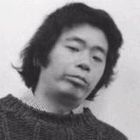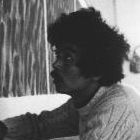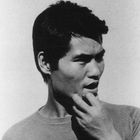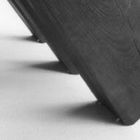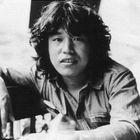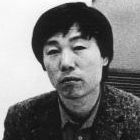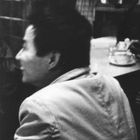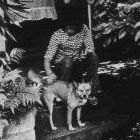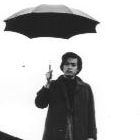Mono-Ha is the name given to a number of artists working in Japan in the late 1960s and early 1970s– although radically different, their work shared certain fundamental characteristics. Using mostly found or natural materials, their works sought to question not only the traditions of Western art the East had so recently inherited but by extension to challenge conventional notions of art.
Despite increasing international recognition of the group’s importance, this will be the first exhibition of Mono-Ha in Britain. Timed to coincide with the exhibition of Arte Povera at Tate Modern, the exhibition will provide a unique opportunity to compare the two groups on the basis of their works.
モノ派
1960年代後半から70年代にかけて展開された戦後日本美術における動向につけられた名称。由来は、土や石、木、鉄など「素材」として扱われがちであった未加工のそれらにほとんど手を加えず直接的に提示することにより、ことさらその物質性を前面に押し出すという作品の動向による。
